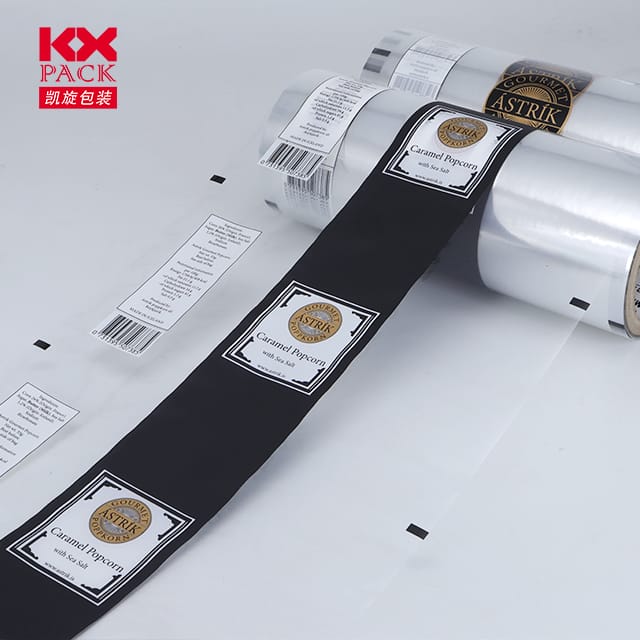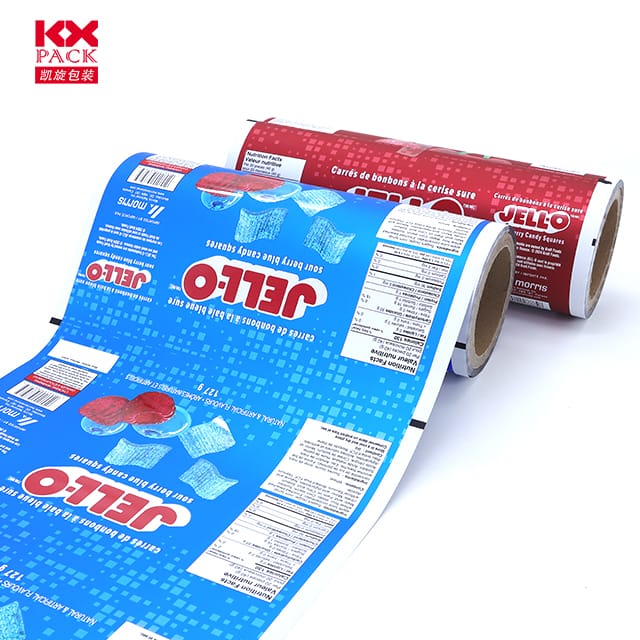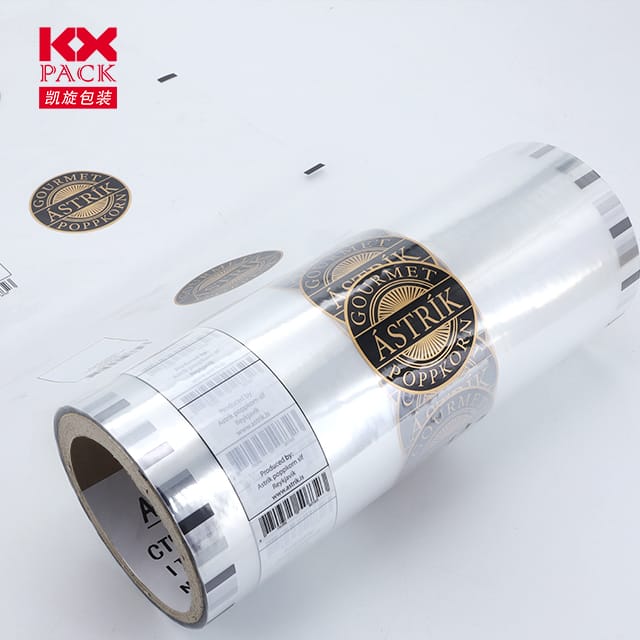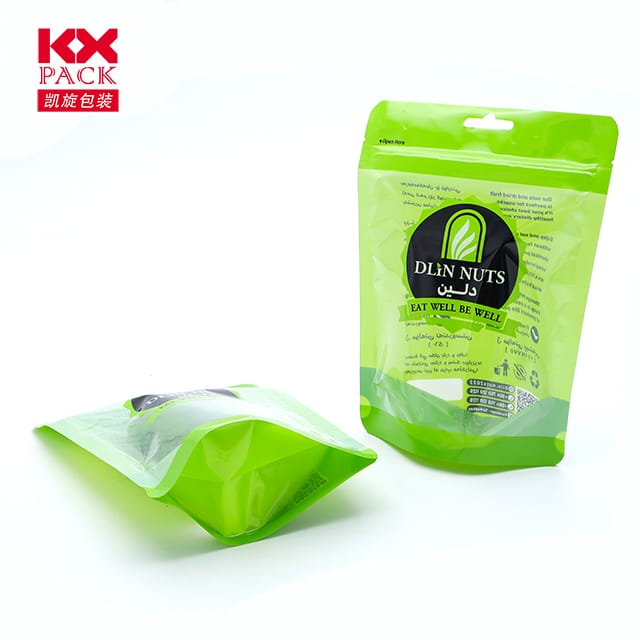プラスチックフィルムロールの多目的な世界: 複数の用途と環境への影響を展開します
プラスチックフィルムロール
今日の世界では, プラスチックフィルムロールは遍在しています. 倉庫の包装商品から、キッチンで食べ物を保存することまで, これらの汎用性のあるロールは、多くの産業や日常生活で重要な役割を果たします. でも, 彼らの遍在はまた、彼らの環境への影響と持続可能な代替案について重要な疑問を提起します. Let’s dive into the multifaceted world of plastic film rolls, exploring their uses, 利点, 課題, and potential solutions.
The Many Faces of Plastic Film Rolls
Plastic film rolls come in various thicknesses, 材料, and configurations, each tailored to specific applications. Here are some of the most common uses:
- Packaging and Protection: In logistics and warehousing, plastic film rolls are indispensable for packaging, fixing, and protecting goods. Stretch wrap, for instance, securely holds items in place during transportation, preventing damage and loss.
- 食品の保存: 食品業界で, plastic films such as polyethylene (PE) および塩化ポリビニル (PVC) are used to extend the shelf life of perishable goods by creating a protective barrier against moisture, 酸素, および汚染物質.
- Agriculture: Agricultural plastic films play a crucial role in modern farming. They are used for mulching to conserve soil moisture, control weeds, and regulate temperature, significantly enhancing crop yields.
- Hygiene and Medical Applications: In healthcare settings, plastic films are used for sterile packaging, surgical drapes, and medical device wraps, ensuring patient safety and reducing the risk of infection.
- Construction and DIY: Builders and DIY enthusiasts often use plastic films for underlayment in roofing, waterproofing basements, and creating temporary barriers during renovations.
Benefits and Challenges
The benefits of plastic film rolls are numerous: they are lightweight, 耐久性, 費用対効果, and versatile. でも, these advantages come with significant environmental challenges.
Plastic pollution is a global crisis. Single-use plastics, including many types of plastic film, often end up in landfills, 海, and natural habitats, where they persist for centuries. Marine life ingests or becomes entangled in plastic debris, leading to widespread ecological damage.
さらに, the production of plastic films relies heavily on fossil fuels, contributing to greenhouse gas emissions and climate change. The extraction, refining, and processing of petroleum-based raw materials also consume vast amounts of energy and water resources.
Moving Towards Sustainability
Addressing the environmental impact of plastic film rolls requires a multifaceted approach:
- Innovation in Materials: Research and development are focused on creating biodegradable or compostable alternatives to conventional plastic films. Bioplastics made from renewable sources like cornstarch, サトウキビ, or algae are gaining traction.
- Circular Economy: Promoting a circular economy involves designing plastic film products for recycling and reuse. Efforts are underway to improve recycling technologies and increase the collection and processing of plastic waste.
- Extended Producer Responsibility (EPR): Policies that hold manufacturers accountable for the entire lifecycle of their products, including post-consumer waste, can incentivize the development of more sustainable packaging solutions.
- Consumer Awareness and Behavior Change: Educating consumers about the environmental impact of plastic waste and encouraging behaviors such as reducing single-use plastics, reusing packaging, and properly disposing of waste can make a significant difference.
結論
Plastic film rolls are indispensable in numerous sectors, contributing to efficiency, 安全性, そして利便性. でも, their widespread use comes with serious environmental consequences. Addressing these challenges requires collaboration between governments, businesses, and consumers. イノベーションを受け入れることによって, fostering a circular economy, and promoting responsible consumption, we can mitigate the negative impacts of plastic film rolls and pave the way for a more sustainable future.
As we continue to unpack the complexities of plastic film rolls, let us remember that small changes in our practices can lead to significant improvements in the health of our planet.







